2015 Mercedes GLA 250 Review (With Video)

2015 Mercedes GLA 250 4Matic
2.0-liter DOHC I-4, turbocharged, CVVT (208 horsepower @ 5,500 rpm; 258 lbs-ft @ 1,250 rpm)
7-speed “7G-DCT” dual-clutch automatic
24 city/32 highway/27 combined (EPA Rating, MPG)
26.5 (Observed, MPG)
Tested Options: 4Matic AWD, Driver Assistance package, Active Parking, Blind Spot Assist, Wood Trim, HID Lamps
Base Price:
* Prices include $925 destination charge.
Every luxury manufacturer is in a relentless pursuit downmarket. There are a few reasons for this but the most important are increasing volume, amortizing common development costs and snagging life-long brand loyalists as early as possible. The Mercedes GLA is the latest entry in a growing segment: small luxury crossovers.
Small luxury branded vehicles are nothing new to our European friends, but until recently BMW and Mercedes kept anything small and front-wheel drive far away from American hands. Until now. In 2014, Mercedes took their A-Class FWD hatch and made a sedan out of it. Calling it a “CLA”, the Civic-sized sedan was a runaway success starting at $31,000. Since crossovers are the hot segment to be in these days, it didn’t take Mercedes long to jack the CLA up and add a rear hatch to create the GLA.
Does the GLA have enough luxury to convince Ford Escape shoppers to jump up to a Mercedes? And perhaps more importantly: is it a real Mercedes?
Exterior
At 173.6 inches long, the GLA is nearly 9 inches shorter than the CLA, although it shares the sedan’s 106.3 inch wheelbase. As with most sedan/hatchback pairs, the 5-door can swallow more cargo despite being shorter. Much of the CLA’s added length is consumed by the bumpers and a longer hood to give the CLA a sleeker profile. Overall, the GLA slots between the X1 and Q3 in length, although Mercedes kept the roofline low making the interior feel tighter than the others.
While the aggressive sheet metal is standard, the HID headlamps and sexy LED tail lamps shown on our tester are optional. As we continue to dive deeper into the GLA, that’s the first hard truth that needs to be learned by shoppers new to the luxury segment. While the GLA, Q3, X1 and Evoque may sound like small bumps over that Hyundai Tucson Limited you’re cross-shopping, it is easy to get carried away with the options list.
Interior
Despite the faux-leather, front seat comfort proved excellent in our tester with standard 14-way power seats with 2-way power adjustable headrests, four-way lumbar support and 3-position seat memory. Next year adds a hair more love with an extending thigh cushion for the driver. Out back things are more compact but not as compact as the CLA. In the CLA, it was not possible for anyone to sit behind me (I’m 6-feet tall, so not a giant by any stretch), but in the GLA there was acceptable knee room behind the driver’s seat. The overall design of the GLA, however, limits the rear seats more than the X1 or Q3. The GLA is not terribly wide compared to the size crossover up and it shows in the back where my head touched the outboard side of the ceiling.
In addition to leg room improving in the GLA, cargo room and car seat room improves. There was simply no hope of installing a rear-facing child seat in the CLA and putting a human in the front seat, but it is possible in the GLA thanks to the shape of the dashboard that allows the front passenger seat to slide farther forward than in many large crossovers. Behind the hatch you’ll find a few more cubic feet of space than in the CLA, but it is more cramped back there than mainstream crossovers like the CR-V.
Infotainment
Even though our tester wore over $10,000 in options, the larger screen, navigation, voice command system, satellite radio and iPod interface were not among them. The lack of iPod love is unusual in 2015 and — stranger still — the GLA has a USB port and you can plug your media device in and charge, you just can’t play music via the link. Thankfully, this too will be addressed in the 2016 model that will have media integration standard. That means that the entertainment system in our $42,800 tester was quite limited compared to your average compact crossover. If you don’t want to shell out the big bucks for the factory nav system, Mercedes does have another answer — the $600 Becker MapPilot, a more limited navigation system that can be added at any time.
Drivetrain
Power in all models is routed to the ground via essentially the same seven-speed, dual-clutch, robotically shifted manual that we see in the Mercedes CLA. An all-wheel drive system is optional on the GLA 250 and standard on GLA 45 AMG models. The AWD system in the GLA 250 is quite similar to every other AWD in this segment using a multi-plate clutch pack to send up to 50 percent of engine power to the rear without front axle slip. Thanks to the primarily front wheel drive nature, a light curb weight of 3,428 pounds and the efficient dual clutch transmission, the GLA is easily the most efficient crossover in this category topping out at 35 mpg highway and 29 combined in the front-wheel drive model and a still impressive 25 combined in the 355 horsepower GLA 45 AMG AWD.
Drive
The flip side of the less-than-smooth transmission is improved economy and improved acceleration. Our tester ran from 0-60 in 6.58 seconds, which makes the GLA 250 4Matic a hair faster than a 2015 BMW X1 xDrive28i and just about 3/10ths slower than the recently announced 2016 X1. Compared to Audi’s Q3, that’s a full second faster. While 35 mpg on level highway was achievable without much trouble in our AWD model, my weekly average was just under 27 due to my heavy right foot. Although engine noise under hard acceleration is improved over the CLA 250, the GLA was louder on the highway than the average mass-market crossover.
Among the reasons for the GLA’s impressive fuel economy are the “narrow” tires. I realize calling a 235/50R18 “small” may sound crazy, but remember that a quick troll around the local Audi lots revealed that around half the Q3 models sported 255/40R18 rubber. This tire size deficit has a direct effect on road holding. Even though the GLA is about 200 pounds lighter, the two-size bump in rubber means the GLA simply can’t hang with the Audi. Interestingly, upgrading to the GLA 45 AMG gets you stickier rubber but not wider rubber. Slap the available summer tires on the Q3 and it’d out-handle the GLA 45 as well.
Suspension tuning obviously plays an important role in handling. The GLA’s suspension is quite firm, almost too firm for my tastes in a standard non-sport trim. On the rough roads of Northern California, that firmness was far from an asset, making the GLA feel unsettled over broken pavement. “Crashy” was a word used by a passenger to describe the feeling.
On the flip side, the the GLA has one of the best front-wheel drive steering racks on sale in the USA. Like the CLA, the GLA has a hint of feedback, the steering is quick and sharp and it’s easy to tell what the front wheels are doing. On the downside, it’s also easy to tell that the front wheels get upset when pushing the car on rough roads. While the GLA may be seen as more fun than the Q3 in terms of feel, the Audi is the companion I’d want on my favorite winding road (I suspect the GLA would be more fun on a smooth track).
The pricing on the GLA is really the fly in the ointment for me, although this will improve slightly in 2016 with the increased standard feature set. $32,225 sounds like a great buy, but when you start adding options that most luxury shoppers want, the price builds rapidly. Our tester was $42,800 and lacked leather seats, navigation, automatic climate control, keyless entry, keyless go, a backup camera and a basic iPod/Media interface. Adding those options to our GLA 250 would have bumped the price to nearly $50,000. At that price, a BMW X3 xDrive 28i with essentially the same options and considerably more interior room and better driving dynamics is just $2,000 more. When seen as an upgrade from the mainstream competition, the GLA may start near a top-end Ford Escape, Honda CR-V or Hyundai Tucson, but the reality is a “comparably equipped” mainstream crossover is going to be $12,000-15,000 less.
Let me be clear: I don’t have a problem paying luxury prices for cars. I have owned luxury vehicles purchased new off the showroom floor, but the GLA is a crossover full of highs and lows. Even the base model is attractively styled and well put together, but you have to pay extra for leather and gadgets that are standard on non-luxury crossovers. Just adding what I would consider luxury basics will add nearly $9,000 to the starting price and topping that off with AWD pushes the GLA well over $40,000. The superb steering, strong acceleration and excellent fuel economy are counterpointed by the overly firm ride and handling that disappointed. The GLA unquestionably carves corners better than a CR-V or RAV4, but in this segment the GLA slots below the Q3 and X1 and in many ways behind similarly priced trims of the next class up including the BMW X3 xDrive28i, Volvo XC60 and Lincoln MKC. The Audi and BMW also offer more rear-seat room and a less expensive options list.
I think that Mercedes has been moving in the right direction making their entry into every segment the premium entry. The new C-Class for instance is more expensive than the competition, the difference is the C300 feels worth the premium. The GLA, on the other hand, just seems expensive.
Mercedes provided the vehicle, insurance and one tank of gas for this review.
Specifications as tested
0-30: 2.6 Seconds
0-60: 6.57 Seconds
1/4 Mile: 15 Seconds @ 94 MPH

More by Alex L. Dykes
Latest Car Reviews
Read moreLatest Product Reviews
Read moreRecent Comments
- SCE to AUX Maybe some Apple tech would be helpful, but please no self-driving stuff.
- SCE to AUX It's over, and over the last decade or so Henrik Fisker has left two eras of foolish customers driving paper weights.
- Kwik_Shift_Pro4X Always a good sign. 🤕 I would like to see their pitch on Shark's Tank/Dragon's Den
- Buickman I was called crazy after predicting the sale of GMAC.#canthurtme
- 3-On-The-Tree Another observation during my time as a firefighter EMT was that seatbelts and helmets do save lives and reduce injury. And its always the other person getting hurt.



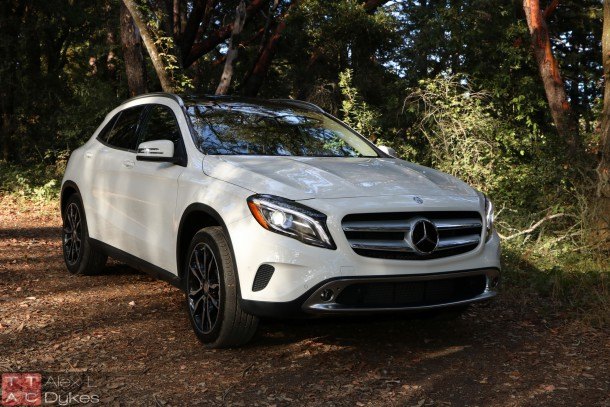








































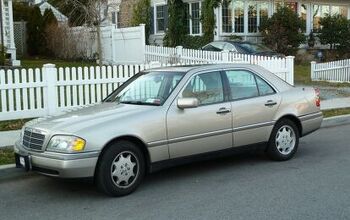
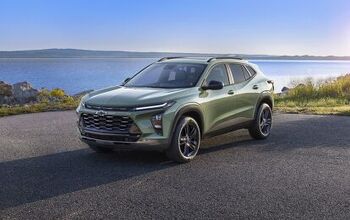
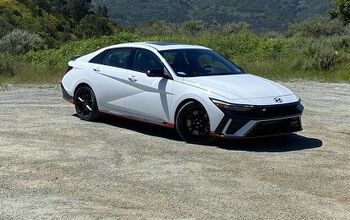


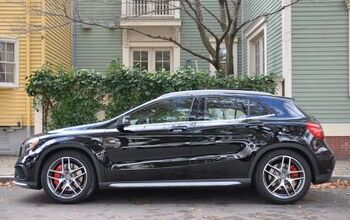
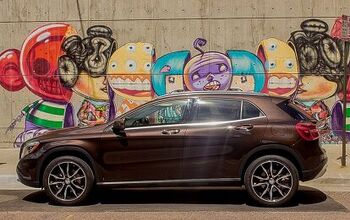
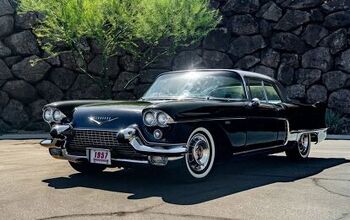


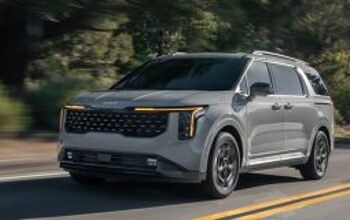



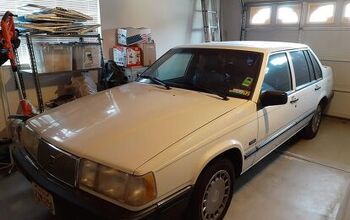
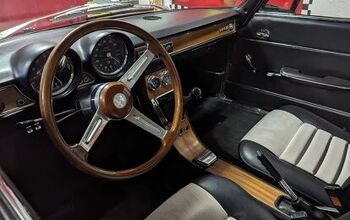
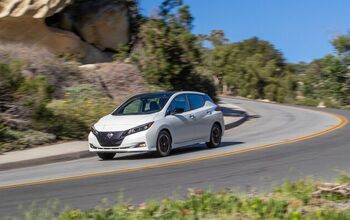
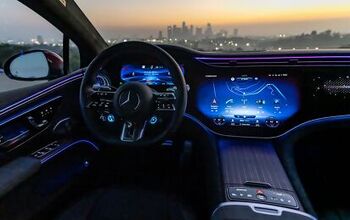
Comments
Join the conversation
I fail to see why I would ever consider this over a Lincoln MKC or Lexus RX.
Thanks to the Mercedes Nissan partnership, you can buy a near identical car with an Infinity badge - the Q30. http://jalopnik.com/the-infiniti-q30-is-the-first-infiniti-youre-really-int-1730574556 No price yet on the Nissan but my guess is that it won't be $50K